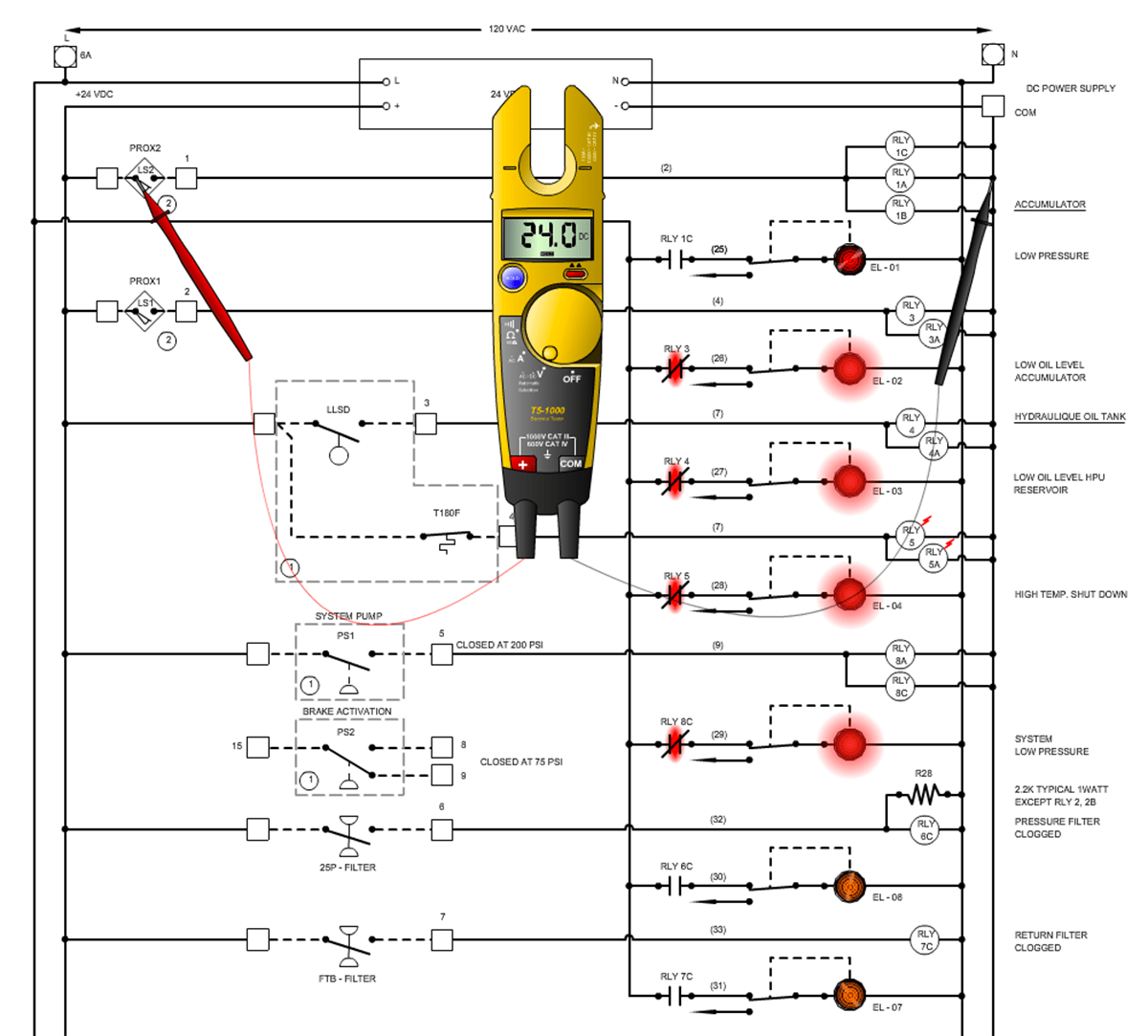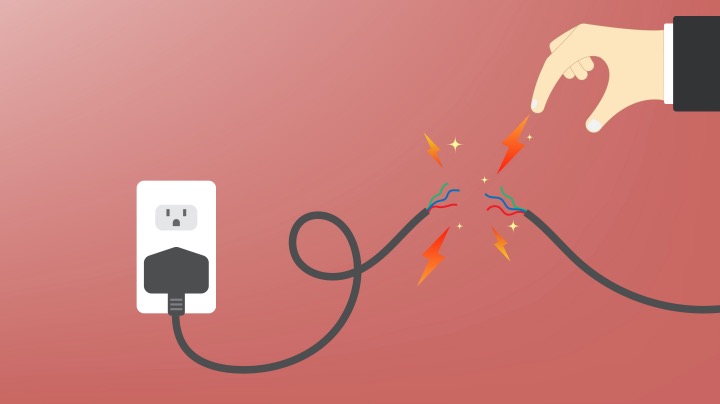Industry-specific mechanical engineering industry support for success.
Industry-specific mechanical engineering industry support for success.
Blog Article
Top Tips for Effective Electrical System Troubleshooting
Fixing electric systems requires a systematic method, based in a thorough understanding of electric principles and safety and security methods. The subtleties of effective fixing expand past plain technological understanding; understanding how to record searchings for and focus on safety and security can dramatically affect outcomes.
Understand the Basics
Recognizing the essentials of electrical systems is crucial for effective troubleshooting, as a solid structure enables specialists to detect and fix problems a lot more efficiently. A detailed grasp of electric concepts, such as voltage, existing, resistance, and power, is essential in determining the root triggers of troubles. Voltage is the electric possible distinction that drives existing through a circuit, while resistance opposes the flow of present, affecting the overall functionality of the system.
Experience with circuit components, including resistors, capacitors, diodes, and switches, is likewise extremely important. Each component plays an unique function in circuit actions and can impact performance when malfunctioning. Furthermore, understanding collection and parallel circuit arrangements is vital, as these setups affect the circulation of voltage and existing within the system.
Service technicians have to be aware of prospective risks, such as shock and short circuits, to carry out risk-free troubleshooting practices. By grasping these fundamental principles, specialists improve their capacity to conduct reliable diagnostics and fixings, ultimately leading to improved performance and integrity of electrical systems (electrical system troubleshooting).
Gather Necessary Equipment
Effective troubleshooting of electrical systems needs the right collection of devices to identify and deal with issues properly. A well-equipped professional can considerably boost efficiency and performance in identifying troubles. Vital devices include a multimeter, which measures voltage, current, and resistance, permitting for precise analyses of electrical components. Secure meters are also beneficial for measuring present without disconnecting the circuit, making sure safety and convenience.
Additionally, protected hand tools such as screwdrivers, pliers, and cord strippers are vital for safely manipulating electrical connections. It is additionally a good idea to have a circuit tester handy to confirm the visibility of voltage in electrical outlets and cords. For even more complicated systems, a thermal imaging video camera can help discover overheating elements, showing potential failings.

Adhere To an Organized Approach
Having actually gathered the proper devices, the next action in repairing electrical systems is to comply with a methodical technique. A methodical strategy ensures that service technicians can determine mistakes successfully and precisely, decreasing downtime and stopping unnecessary repairs.
Begin by reviewing the system's schematic representations and specifications. This includes checking each part methodically, beginning from the power source and functioning in the direction of the lots.
Make use of testing devices, such as multimeters and oscilloscopes, to collect objective information about voltage, present, and resistance at numerous factors within the system. This empirical proof will certainly guide your troubleshooting efforts and help to validate or get rid of potential root causes of failure.
Additionally, take into consideration environmental factors that may affect the system's efficiency, such as temperature variations or moisture ingress. A detailed examination of wiring, connections, and components will make certain that all possibilities are represented.
File Your Searchings For
Complete documents is vital in the fixing process of electric systems. This method not only aids in comprehending the origin reason of the issue but additionally serves as a referral for future troubleshooting initiatives.

Additionally, preserving a log of parts replaced or repair services carried out is vital. This info sustains stock management and can aid assess the durability and integrity of details elements.
Ultimately, the documentation procedure need to be thorough yet concise, making it possible for simple access and testimonial - electrical system troubleshooting. By focusing on in-depth documentation, specialists can create an important data base that not only aids in current troubleshooting however likewise empowers future maintenance efforts, therefore enhancing general system reliability

Prioritize Safety And Security Measures
Recognizing the intrinsic risks connected with electrical systems is critical for making certain safety during troubleshooting. Electrical shock, burns, and tools damages are simply a few of the possible threats that technicians deal with. Prioritizing precaution is not just a legal responsibility but also an ethical imperative that safeguards both the professional and the surrounding atmosphere.
Prior to starting any kind of troubleshooting task, professionals need to wear ideal personal protective devices (PPE), consisting of insulated handwear covers, shatterproof glass, and flame-resistant clothing. Making certain that the workplace is completely dry and complimentary of mess can dramatically decrease the risk of mishaps. It is vital to de-energize circuits prior to starting any job, verifying that they are not live through the use of a multimeter or voltage tester.
Developing clear interaction procedures with staff member is likewise vital; this makes sure that every person understands potential dangers and the condition of the electric system being functioned on. Having an emergency situation reaction plan in place can verify vital in the event of an occurrence. By focusing on safety and security measures, technicians can efficiently reduce risks and cultivate a more secure work environment.
Conclusion
Efficient electrical system troubleshooting counts on an extensive understanding of fundamental click here for more concepts and a methodical approach. By collecting crucial tools, sticking to systematic examination techniques, and thoroughly documenting searchings for, the troubleshooting process ends find out here up being much more reliable and trusted. Focusing on safety and security procedures ensures the health of individuals involved and the honesty of the electric system. Executing these techniques will certainly enhance the troubleshooting experience, bring about quicker resolutions and boosted functional effectiveness in electrical systems.
Report this page